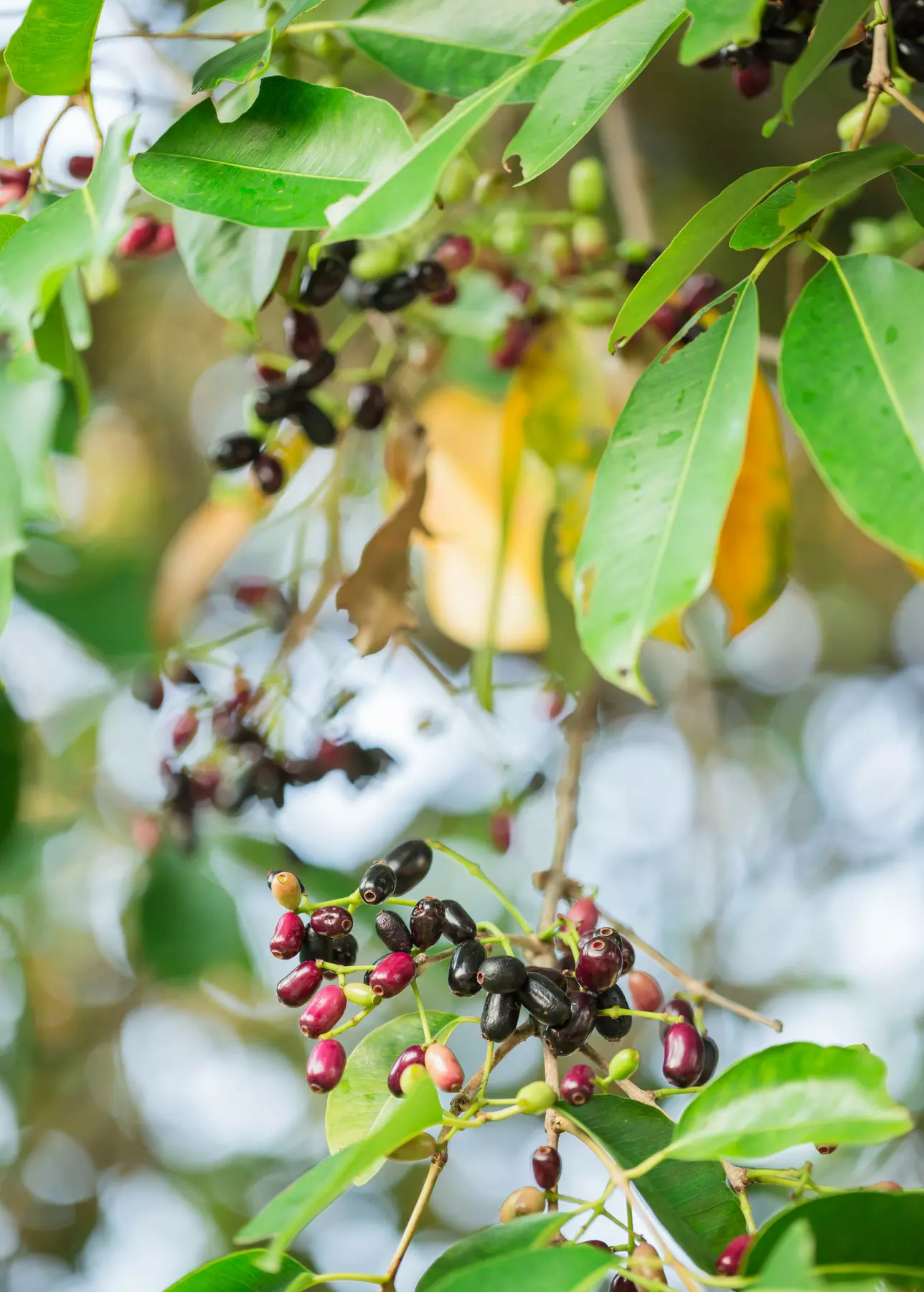Here's how Jamun gets its antioxidant, anti-inflammatory, anti-diabetic properties
IISER Bhopal Researchers conduct first-ever genome-sequencing of Jamun to explain its medicinal value
By Newsmeter Network
Hyderabad: Researchers at the Indian Institute of Science Education and Research Bhopal (IISER Bhopal) have completed the first-ever genome sequencing of the Jamun tree (Syzygium cumini), an evergreen tree popular in India for its medicinal properties, fruits, and ornamental value, whose health benefits are mentioned in the Ayurveda.
The research team sequenced the S. cumini genome from the world’s largest tree genus Syzygium to find out about the genomic and evolutionary basis of the tree’s medicinal values. They used Oxford Nanopore and 10x Genomics sequencing technologies. Jamun is the largest genome to be sequenced from the world’s largest tree genus, Syzygium.
The team, led by Dr Vineet K Sharma, professor, Department of Biological Sciences, IISER Bhopal, includes Abhisek Chakraborty, Shruti Mahajan, and Manohar Singh Bisht from IISER Bhopal. Their findings have been published in the peer-reviewed journal Frontiers in Plant Science.
Jamun widespread in Asia
Syzygium cumini, often known as Jamun, jambolan, or black plum, is a Myrtaceae plant family tropical tree. Its natural range includes the Indian Subcontinent and South-East Asia. The clove genus, Syzygium, is the world’s biggest tree genus, with 1,193 recognised species, of which Jamun is one.
Jamun’s therapeutic properties are widely celebrated in India. Specifically, the fruit seed extracts of Jamun have well-known anti-diabetic properties. It is also highly recommended in Ayurveda to treat a variety of health ailments such as stomach discomfort, arthritis, cardiac problems, flatulence, asthma, diarrhoea, and stomach spasms. The black plum can be eaten fresh or made into juice.
Multiple clinical studies have also shown the health benefits of Jamun as being an excellent source of bioactive components such as flavonoids, polyphenols, antioxidants, iron, and vitamin C.
This attempt by IISER Bhopal is the first time that the plant has been examined and decoded so closely. “Taken together, it is tempting to speculate that the adaptive evolution of major plant secondary metabolism pathways in S. cumini species confers unprecedented antidiabetic, antioxidant, anti-inflammatory, and other pharmacological properties of this tree. Further, the whole genome sequence of S. cumini will facilitate future genomic, evolutionary, and ecological studies on the world’s largest tree genus,” Dr Vineet K Sharma said.
Genes responsible for Jamun’s adaptive evolution
IISER’s analysis revealed the key genes involved in facilitating the adaptive evolution of Jamun. Among these, 14 genes allow for the biosynthesis of terpenoids, which are a diverse class of metabolites that are responsible for plant defence responses. These also contribute significantly to the anti-oxidant and anti-inflammatory properties offered by the tree’s leaves and seeds.
Jamun has been considered one of the best home remedies for treating arthritis since ancient times. To fully explain the anti-diabetic properties of this plant, the researchers discovered the presence of glucosides, another class of metabolites that prevent the conversion of starch into sugar, and explain how the plant possesses anti-diabetic value.
Previous clinical assessments have shown that Jamun has a low glycemic index and alleviates diabetic symptoms such as excessive urination. Jamun also has various genes that make the plant rugged and improve its stress tolerance to factors like weeds and insects that induce damage, heat stress, salinity, and drought. This points to remarkable adaptive evolution in Jamun, the research team finds.